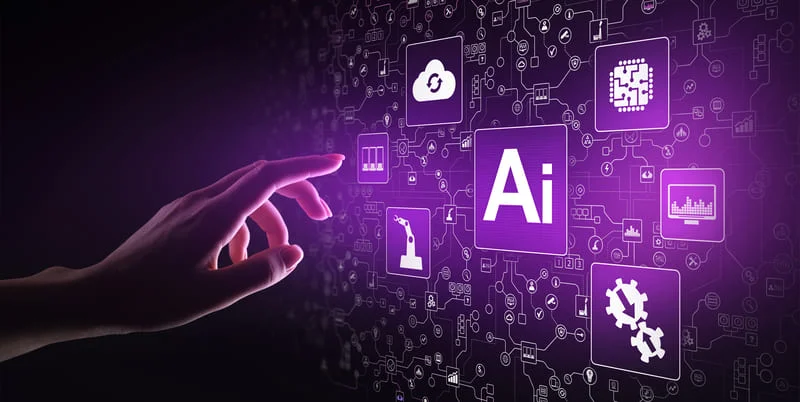Agile teams often use ‘estimating poker,’ which combines expert opinion, analogy, and disaggregation to create quick but reliable estimates. Disaggregation refers to splitting a story or feature into smaller, easier-to-estimate pieces. There are two types of stories in SAFe, user stories and enabler stories, as described below.

The XP developers make use of the user stories to write acceptance tests that are done even before the product code is created. This approach saves time and ensures that the project code meets the client’s acceptance criteria. User stories are also used in creating the estimates for release planning meetings in the XP framework. User stories are either written by a product manager or a team member on behalf of the end-user, explaining the expected functionality from the system being developed. User stories are written to capture the most important elements of a requirement following a predefined template. The most commonly used user story template is called the connextra template where a user describes his role, his capabilities, and what benefits he expects to receive from the system using a single sentence.
Origins of Definition of Ready
The definition of done ensures consistency and quality deliverables, whereas the definition of ready aids with efficiency. In addition, the DoR aims to create a shared understanding and avoid confusion at the beginning of a new development project, whereas the DoD kicks in at the end of the delivery. In today’s fast-paced world, where innovations abound and technologies evolve daily, product development teams must constantly adapt to keep up.

A user story is considered done when all the acceptance criteria are met and the product owner reviews and accepts the user story. Once accepted, the completed user story contributes to the team velocity. The team’s velocity for an iteration is equal to the sum of the points for all the completed stories that met their definition of done (DoD). As the team works together over time, their average velocity (completed story points per iteration) becomes reliable and predictable. Predictable velocity assists with planning and helps limit Work in Process (WIP), as teams don’t take on more stories than their historical velocity would allow. This measure also estimates how long it takes to deliver epics, features, capabilities, and enablers, which are also forecasted using story points.
Where to Learn More
Let us consider, we are not planning to work on epic story size for the next one year. Presumably, the story is sized appropriately for the time the team plans to work on it. In reality, we spend more time splitting the epics into smaller stories, thereby it is a major waste of time.
- User stories are “to-do” lists that help you determine the steps along the project’s path.
- Note that you don’t see any user story, “As a product owner, I want a list of certification courses so that…” The product owner is an essential stakeholder, but is not the end user/customer.
- You will learn about the key principles of agile, examples of teams that perform all the agile “rituals” but aren’t actually agile, and examples of teams that skip the rituals but actually embody the spirit.
- If the user story has functional requirements, then it should be present in a business value else if it is a technical story, then it should be represented in non-functional improvements or architectural.
- These are some of the issues that agile development teams have faced when using user stories to capture requirements.
- Thus, you can have all stakeholders talking the same language and focusing on the user and what the project is trying to achieve.
The definition of done is the set of criteria that needs to be fulfilled for your user story to be considered complete. Define the specific acceptance criteria and use it as a checklist. A product owner will be responsible for managing the epic, but they can be written by any Agile team member. It is a short, written explanation of a particular user’s need and how it can be fulfilled. It is written in easily accessible language to provide a clear picture of what the user requires.
Discover the many benefits of membership
At scale, it becomes difficult to predict the story point size for larger epics and features when team velocities vary wildly. To overcome this, SAFe teams initially calibrate a starting story point baseline where one story point is defined roughly the same across all teams. Calibration is performed one time when launching new Agile Release Trains. Therefore, investing in good user stories, albeit at the last responsible moment, is a worthy effort for the team.

A good story map can reveal overlooked tasks and details that otherwise may have been missed. As a product owner or team lead, it is your (and your team’s) job to refine user stories such that they constitute small, “atomic” units of work in an Agile framework such as scrum or kanban. For example, in scrum, user stories are added to sprints to be “burned down” over the duration of the sprint, in which case it is important that the user story is small enough to fit into a sprint. It is also important to establish a clear set of acceptance criteria, which often involves discussions with the end users. In this guide, you will learn how to refine user stories and acceptance criteria with the Agile framework.
Benefits of user stories
Although product backlog items can be whatever the team desires, user stories have emerged as the best and most popular form of product backlog items. Usually a story-writing workshop is held near the start of the agile project. Everyone on the team participates with the goal of creating a product definition of user story backlog that fully describes the functionality to be added over the course of the project or a three- to six-month release cycle within it. In many agile organizations, the product owner takes primary responsibility for writing user stories and organizing them on the product backlog.
User Stories originate with Extreme Programming, their first written description in 1998 only claims that customers define project scope “with user stories, which are like use cases”. Rather than offered as a distinct practice, they are described as one of the “game pieces” used in the “planning game”. Another common step in this meeting is to score the stories based on their complexity or time to completion. Teams use t-shirt sizes, the Fibonacci sequence, or planning poker to make proper estimations. A story should be sized to complete in one sprint, so as the team specs each story, they make sure to break up stories that will go over that completion horizon.
The user story template revised by Chris Matts
Although not considered core in scrum, user stories are helpful as an informal explanation of the needs, written from a customer’s perspective. User stories are short statements about a feature, written from a user’s perspective. A well-defined user story does not spell out the exact feature, but rather what the user aims to achieve, to give agile teams the freedom to identify the best possible way to implement the feature. It explains the reasons for the introduction of the technical features, the certain value that the user can get from it. It helps in getting the customer’s intent right and prioritizing user stories when planning agile sprints.
You will learn both the theory and the real-world implementation of agile, its different flavors, and how you can work with different versions of agile teams. Now you’ve shifted your focus from “me” to thinking “wide” to suit your users, and you’re in a position to create a user story. Kanban is different from other methodologies as it is more concentrated on definite tasks and not on the elements of the development workflow. So, it is more flexible and product owners can rearrange prioritization without disrupting the process. Confirmation is the formal approval of the completed project by the customer. It is the acceptance test during which clients or their representatives check if the story was completed in accordance with the customer’s intent.
Agile Software for Scrum Teams
There is no specific date or incidence reported about the origin of user stories. However, existing literature suggests that user stories evolved during the process of establishing requirements that were originally documented in the form of use cases. Extreme programmers in the late 1990s made user stories popular in the software development arena. Newer agile frameworks, such as scrum and kanban, helped to widely promote user stories en masse.
